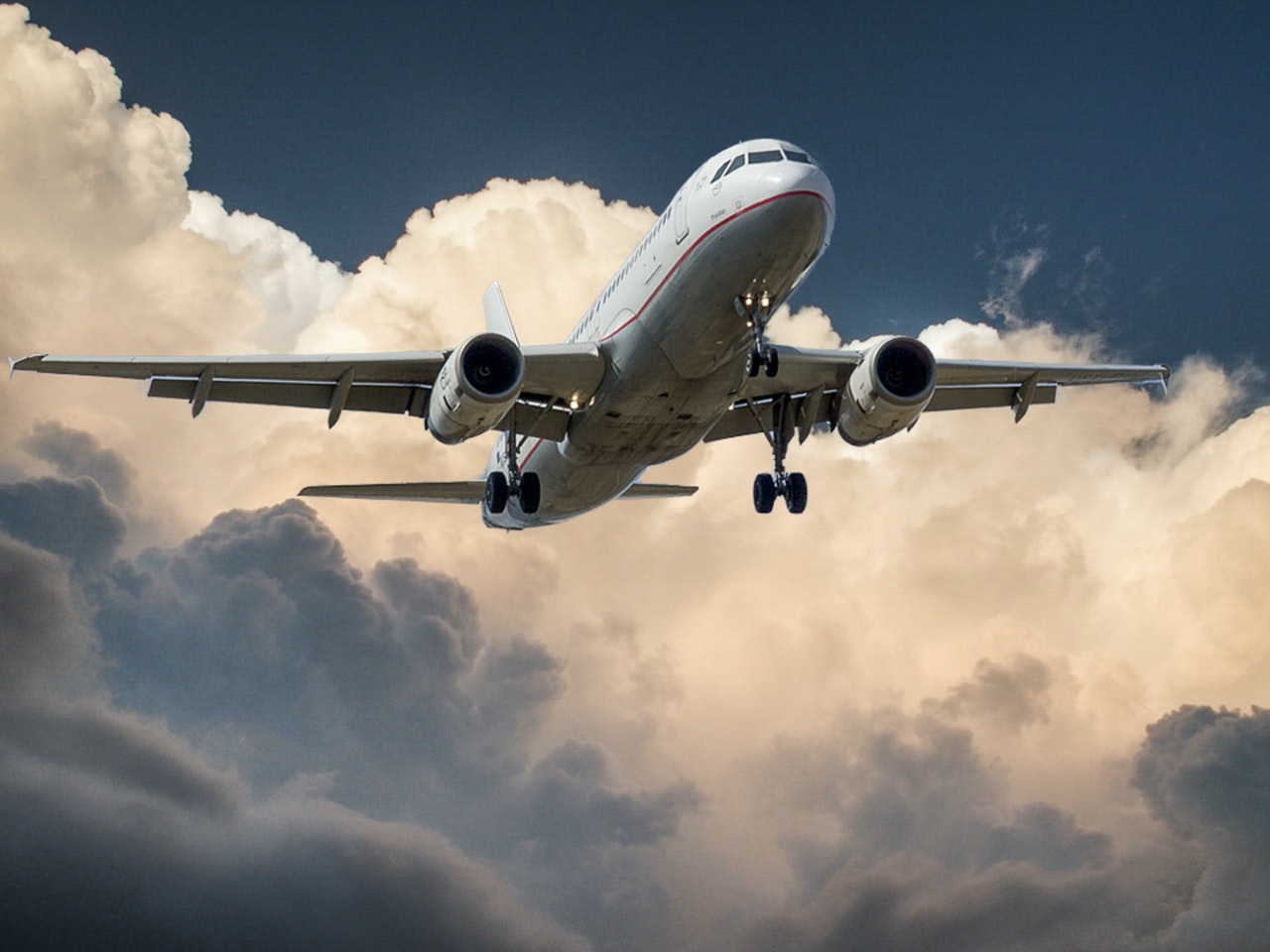
12 Apr LET’S GO! INTRODUCING THE FUTURE OF TRANSPORTATION
The future of transportation is a fascinating subject that has captured the imaginations of engineers, city planners, and environmentalists alike. As the world continues to grapple with challenges such as climate change, urbanization, and the need for improved infrastructure, the field is set to undergo a radical transformation after all. So what say we think about future trends that will influence the coming form of the transportation industry?
Straight out of the gate, the transition to electric vehicles (EVs) is already well underway, with many countries setting ambitious targets to phase out internal combustion engine (ICE) vehicles. Advancements in battery technology, such as solid-state batteries, have led to improvements in energy density and charging times, making these automotive innovations an increasingly attractive option for consumers. As EV adoption accelerates, countries are investing in charging infrastructure to support the growing number of electric vehicles on the road. This shift towards electrification will reduce greenhouse gas emissions and improve air quality, contributing to a more sustainable future.
The development of autonomous vehicles (AVs) has the potential to revolutionize the way we travel too. By utilizing advanced sensor technologies, artificial intelligence, and machine learning, AVs can navigate complex urban environments with minimal human intervention. This technology has the potential to reduce the number of accidents caused by human error, improve traffic flow, and optimize fuel efficiency. As self-driving autos become more widespread, we can expect to see a shift in the way cities are designed, with less emphasis on parking infrastructure and more focus on pedestrian-friendly spaces.
Let’s make no mistake either: The rise of ride-sharing platforms like Uber and Lyft has already changed the way we think about car ownership and urban mobility to boot. As shared mobility becomes more prevalent, we can expect to see a shift towards smaller, more efficient vehicles that can be easily shared among users. Additionally, the integration of shared mobility platforms with public transportation systems will enable seamless, multimodal travel, encouraging commuters to use a combination of transportation options rather than relying solely on private vehicles. This shift towards shared mobility will ultimately reduce congestion and contribute to a more sustainable urban environment.
High-speed rail and hyperloop technology promise to transform long-distance travel, offering faster, more efficient alternatives to traditional modes of transportation as well. These systems, which use magnetic levitation to propel passenger pods through low-pressure tubes at speeds exceeding 700 miles per hour, have the potential to drastically reduce travel times between cities. Similarly, high-speed rail networks are expanding globally, providing a more sustainable and efficient mode of transportation than air travel. These innovations will not only change the way we travel but also influence the way cities and regions are connected, impacting economic development and urban planning.
The concept of urban air mobility (UAM) envisions a network of small, electric aircraft capable of vertical take-off and landing (eVTOL) that can transport passengers within and between cities – and is well worth keeping in mind as well. To make a long story short, it has the potential to alleviate congestion on roads and offer a faster, more efficient mode of transportation for urban dwellers. As battery technology and autonomous systems continue to advance, we can expect to see progress in the development of eVTOL aircraft and the infrastructure needed to support urban air travel.



